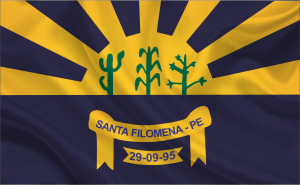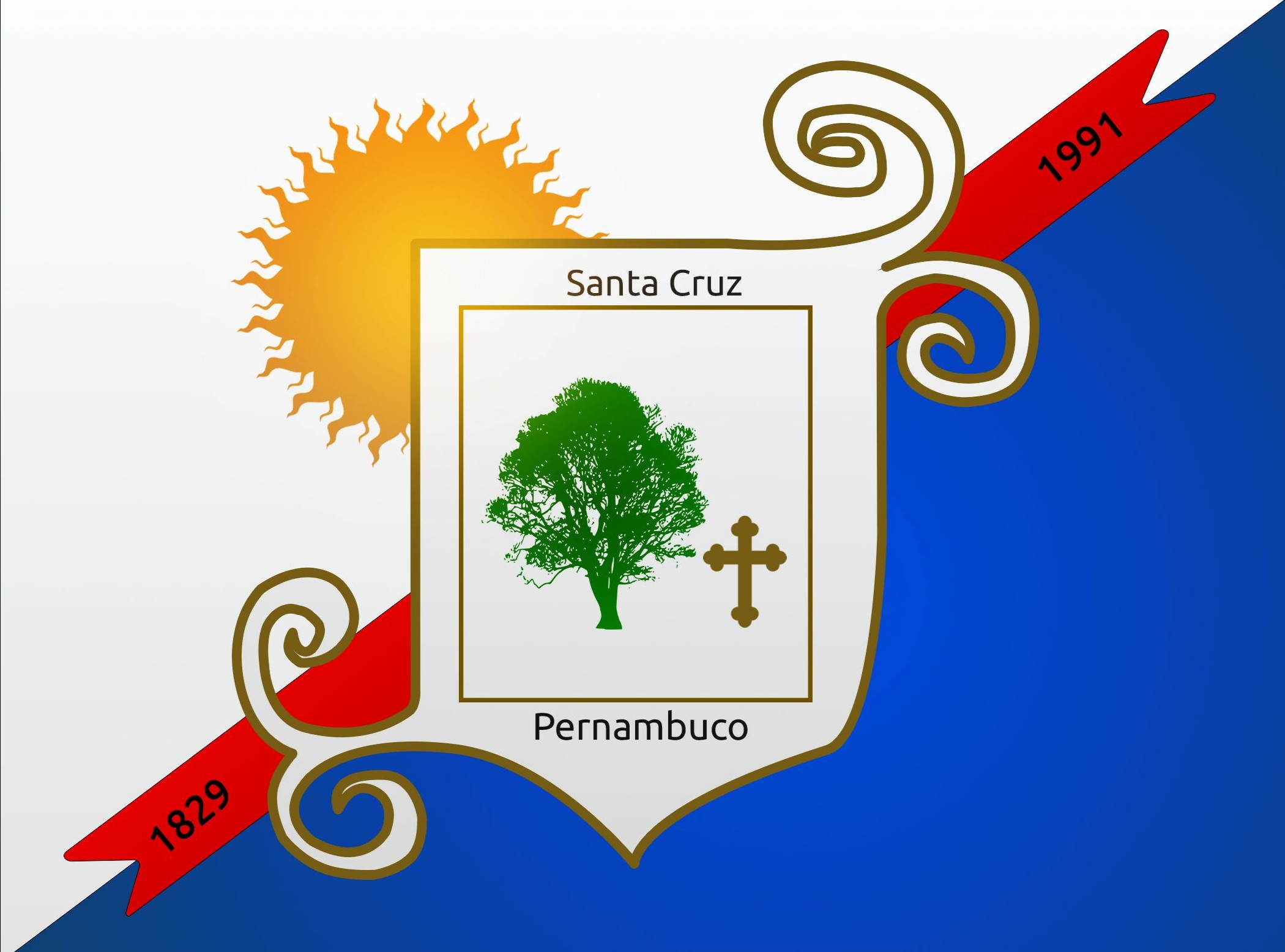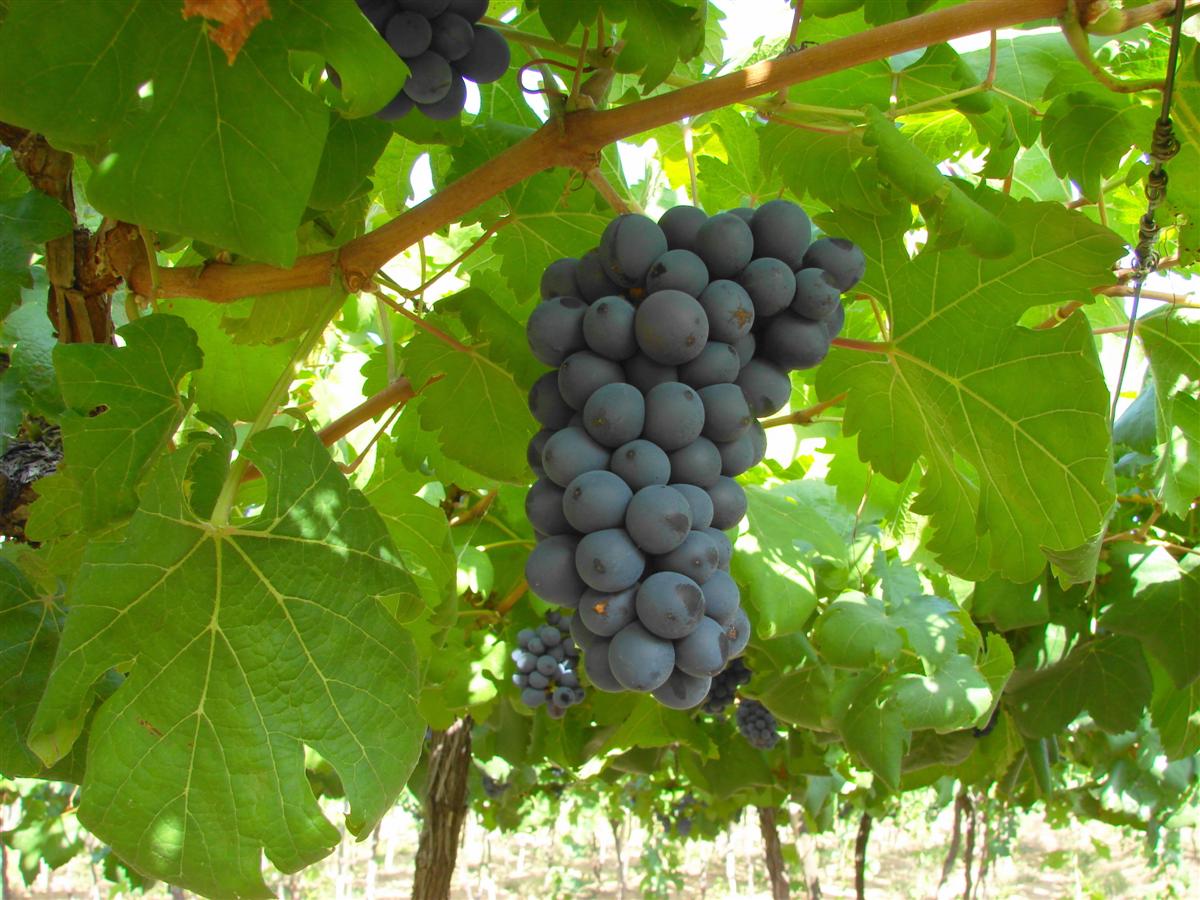|
Dormentes
Dormentes is a city in the Brazilian state of Pernambuco, 750 km away from the state's capital, Recife. The population in 2020, according with IBGE was 19,079 inhabitants and the area is 1539.05 km². Geography * State - Pernambuco * Region - São Francisco Pernambucano * Boundaries - Santa Filomena (N); Petrolina (S); Santa Cruz and Lagoa Grande (E); Afrânio and Piaui state (W). * Area - 1537.59 km² * Elevation - 492 m * Hydrography - Garças and Pontal rivers * Vegetation - Caatinga * Climate - Semi arid ( Sertão) * Annual average temperature - 25.1 c * Distance to Recife - 750 km Economy The main economic activities in Dormentes are based in general commerce and agribusiness, especially creation of sheep (over 82,000 heads), goats (over 35,000), pigs, cattle, donkeys and mules; and plantations of beans, corn and sorgo ''Sorghum'' () is a genus of about 25 species of flowering plants in the grass family ( Poaceae). Some of thes ... [...More Info...] [...Related Items...] OR: [Wikipedia] [Google] [Baidu] |
Santa Filomena, Pernambuco
Santa Filomena is a city in the state of Pernambuco, Brazil. The population in 2020, according with Brazilian Institute of Geography and Statistics, IBGE was 14,562 inhabitants and the total area is 1005.06 km². Geography * State - Pernambuco Pernambuco () is a state of Brazil, located in the Northeast region of the country. With an estimated population of 9.6 million people as of 2020, making it seventh-most populous state of Brazil and with around 98,148 km², being the 19 ... * Region - Sertão Pernambucano * Boundaries - Ouricuri (N); Dormentes (S); Santa Cruz, Pernambuco, Santa Cruz (E); Piaui state (W) * Area - 1005.06 km² * Elevation - 630 m * Hydrography - Brigida and Garças rivers * Vegetation - Caatinga * Climate - semi arid- hot and dry * Annual average temperature - 23.9 c * Distance to Recife - 717 km Economy The main economic activity in Santa Filomena is agribusiness, especially farming of cattle, sheep, pigs, goats, donkeys ... [...More Info...] [...Related Items...] OR: [Wikipedia] [Google] [Baidu] |
Santa Cruz, Pernambuco
Santa Cruz is a city in the state of Pernambuco, Brazil. The population in 2020, according with IBGE was 15,558 and the area is 1245.9 km². Geography * State - Pernambuco * Region - Sertão Pernambucano * Boundaries - Ouricuri (N); Lagoa Grande (S); Parnamirim and Santa Maria da Boa Vista (E); Dormentes and Santa Filomena (W) * Area - 1255.9 km² * Elevation - 515 m * Hydrography - Brigida and Garças rivers * Vegetation - Caatinga Hiperxerófila * Climate - semi arid - hot and dry * Annual average temperature - 25.0 c * Distance to Recife - 731 km Economy The main economic activities in Santa Cruz are based in agribusiness, especially creation of goats, cattle, sheep, and plantations of tomatoes and manioc ''Manihot esculenta'', commonly called cassava (), manioc, or yuca (among numerous regional names), is a woody shrub of the spurge family, Euphorbiaceae, native to South America. Although a perennial plant, cassava is extensively cul ... [...More Info...] [...Related Items...] OR: [Wikipedia] [Google] [Baidu] |
Lagoa Grande, Pernambuco
Lagoa Grande is a city in the Brazilian state of Pernambuco, 665 km away from the state's capital, Recife. The population in 2020, according with IBGE was 25,849 inhabitants and the total area is 1850.07 km². Geography * State - Pernambuco * Region - São Francisco Pernambucano * Boundaries - Santa Cruz (N); Bahia state (S); Santa Maria da Boa Vista (E); Petrolina and Dormentes (W) * Area - 1852.19 km² * Elevation - 300 m * Hydrography - Garças and Pontal rivers * Vegetation - Caatinga * Climate - Semi arid ( Sertão) hot * Distance to Recife - 665.8 km Economy The main economic activities in Lagoa Grande are based in commerce and agribusiness, especially farming of goats, sheep, cattle, pigs, donkeys; and plantations of grapes (more than 32400 tons), tomatoes, onions, guava and mango A mango is an edible stone fruit produced by the tropical tree ''Mangifera indica''. It is believed to have originated in the region between northwestern My ... [...More Info...] [...Related Items...] OR: [Wikipedia] [Google] [Baidu] |
Afrânio
Afrânio is a Brazilian municipality in the state of Pernambuco. It is the westernmost municipality of Pernambuco. It is located in the mesoregion of '' São Francisco Pernambucano'' . Afrânio has a total area of 1490.6 square kilometers and had an estimated population of 19,810 inhabitants in 2020 according with IBGE. Geography * State - Pernambuco * Region - São Francisco Pernambucano * Boundaries - Piaui state (N and W); Bahia state (S); Petrolina and Dormentes (E) * Area - 1490.6 km2 * Elevation - 522 m / 1713 ft * Hydrography - Pontal River * Vegetation - Caatinga Hiperxerófila. * Climate - Semi arid, ( Sertao) - hot and dry * Yearly average temperature - 24.8 C * Distance to Recife - 883 km Economy The main economic activities in Afrânio are based in general commerce and agribusiness, especially plantations of beans and corn; and creations of sheep, goats, donkeys and cattle Cattle (''Bos taurus'') are large, domesticated, cloven-hooved, her ... [...More Info...] [...Related Items...] OR: [Wikipedia] [Google] [Baidu] |
Brazil
Brazil ( pt, Brasil; ), officially the Federative Republic of Brazil (Portuguese: ), is the largest country in both South America and Latin America. At and with over 217 million people, Brazil is the world's fifth-largest country by area and the seventh most populous. Its capital is Brasília, and its most populous city is São Paulo. The federation is composed of the union of the 26 States of Brazil, states and the Federal District (Brazil), Federal District. It is the largest country to have Portuguese language, Portuguese as an List of territorial entities where Portuguese is an official language, official language and the only one in the Americas; one of the most Multiculturalism, multicultural and ethnically diverse nations, due to over a century of mass Immigration to Brazil, immigration from around the world; and the most populous Catholic Church by country, Roman Catholic-majority country. Bounded by the Atlantic Ocean on the east, Brazil has a Coastline of Brazi ... [...More Info...] [...Related Items...] OR: [Wikipedia] [Google] [Baidu] |
Cattle
Cattle (''Bos taurus'') are large, domesticated, cloven-hooved, herbivores. They are a prominent modern member of the subfamily Bovinae and the most widespread species of the genus ''Bos''. Adult females are referred to as cows and adult males are referred to as bulls. Cattle are commonly raised as livestock for meat (beef or veal, see beef cattle), for milk (see dairy cattle), and for hides, which are used to make leather. They are used as riding animals and draft animals ( oxen or bullocks, which pull carts, plows and other implements). Another product of cattle is their dung, which can be used to create manure or fuel. In some regions, such as parts of India, cattle have significant religious significance. Cattle, mostly small breeds such as the Miniature Zebu, are also kept as pets. Different types of cattle are common to different geographic areas. Taurine cattle are found primarily in Europe and temperate areas of Asia, the Americas, and Australia. Zebus (also ... [...More Info...] [...Related Items...] OR: [Wikipedia] [Google] [Baidu] |
Service Sector
The tertiary sector of the economy, generally known as the service sector, is the third of the three economic sectors in the three-sector model (also known as the economic cycle). The others are the primary sector (raw materials) and the secondary sector (manufacturing). The tertiary sector consists of the provision of services instead of end products. Services (also known as " intangible goods") include attention, advice, access, experience and affective labor. The production of information has been long regarded as a service, but some economists now attribute it to a fourth sector, called the quaternary sector. The tertiary sector involves the provision of services to other businesses as well as to final consumers. Services may involve the transport, distribution and sale of goods from a producer to a consumer, as may happen in wholesaling and retailing, pest control or entertainment. The goods may be transformed in the process of providing the service, as happens in the ... [...More Info...] [...Related Items...] OR: [Wikipedia] [Google] [Baidu] |
Secondary Sector
In macroeconomics, the secondary sector of the economy is an economic sector in the three-sector theory that describes the role of manufacturing. It encompasses industries that produce a finished, usable product or are involved in construction. This sector generally takes the output of the primary sector (i.e. raw materials) and creates finished goods suitable for sale to domestic businesses or consumers and for export (via distribution through the tertiary sector). Many of these industries consume large quantities of energy, require factories and use machinery; they are often classified as light or heavy based on such quantities. This also produces waste materials and waste heat that may cause environmental problems or pollution (see negative externalities). Examples include textile production, car manufacturing, and handicraft. Manufacturing is an important activity in promoting economic growth and development. Nations that export manufactured products tend to generate highe ... [...More Info...] [...Related Items...] OR: [Wikipedia] [Google] [Baidu] |
Primary Sector
The primary sector of the economy includes any industry involved in the extraction and production of raw materials, such as farming, logging, fishing, forestry and mining. The primary sector tends to make up a larger portion of the economy in developing countries than it does in developed countries. For example, in 2018, agriculture, forestry, and fishing comprised more than 15% of GDP in sub-Saharan Africa but less than 1% of GDP in North America. In developed countries the primary sector has become more technologically advanced, enabling for example the mechanization of farming, as compared with lower-tech methods in poorer countries. More developed economies may invest additional capital in primary means of production: for example, in the United States corn belt, combine harvesters pick the corn, and sprayers spray large amounts of insecticides, herbicides and fungicides, producing a higher yield than is possible using less capital-intensive techniques. These technological ad ... [...More Info...] [...Related Items...] OR: [Wikipedia] [Google] [Baidu] |
GDP Per Capita
Lists of countries by GDP per capita list the countries in the world by their gross domestic product (GDP) per capita. The lists may be based on nominal or purchasing power parity GDP. Gross national income (GNI) per capita accounts for inflows and outflows of foreign capital. Income inequality metrics measure the distribution of income between rich and poor. Lists *GDP ** List of countries by GDP (nominal) per capita ** List of countries by GDP (PPP) per capita *GNI ** List of countries by GNI (nominal) per capita ** List of countries by GNI (PPP) per capita This article includes a list of countries of the world sorted by their Gross National Income (GNI) per capita at purchasing power parity (PPP). For rankings regarding wealth, see list of countries by wealth per adult. List See also *List ... {{DEFAULTSORT:GDP per capita Lists of countries by GDP ... [...More Info...] [...Related Items...] OR: [Wikipedia] [Google] [Baidu] |
Sorgo
''Sorghum'' () is a genus of about 25 species of flowering plants in the grass family ( Poaceae). Some of these species are grown as cereals for human consumption and some in pastures for animals. One species is grown for grain, while many others are used as fodder plants, either cultivated in warm climates worldwide or naturalized in pasture lands. Taxonomy ''Sorghum'' is in the Poaceae (grass) subfamily Panicoideae and the tribe Andropogoneae (the same as maize, big bluestem and sugarcane). Species Accepted species recorded include: Distribution and habitat Seventeen of the 25 species are native to Australia, with the range of some extending to Africa, Asia, Mesoamerica, and certain islands in the Indian and Pacific Oceans. Toxicity In the early stages of the plants' growth, some species of sorghum can contain levels of hydrogen cyanide, hordenine, and nitrates, which are lethal to grazing animals. Plants stressed by drought or heat can also contain toxi ... [...More Info...] [...Related Items...] OR: [Wikipedia] [Google] [Baidu] |
Maize
Maize ( ; ''Zea mays'' subsp. ''mays'', from es, maíz after tnq, mahiz), also known as corn (North American and Australian English), is a cereal grain first domesticated by indigenous peoples in southern Mexico about 10,000 years ago. The leafy stalk of the plant produces pollen inflorescences (or "tassels") and separate ovuliferous inflorescences called ears that when fertilized yield kernels or seeds, which are fruits. The term ''maize'' is preferred in formal, scientific, and international usage as a common name because it refers specifically to this one grain, unlike ''corn'', which has a complex variety of meanings that vary by context and geographic region. Maize has become a staple food in many parts of the world, with the total production of maize surpassing that of wheat or rice. In addition to being consumed directly by humans (often in the form of masa), maize is also used for corn ethanol, animal feed and other maize products, such as corn starch and ... [...More Info...] [...Related Items...] OR: [Wikipedia] [Google] [Baidu] |





